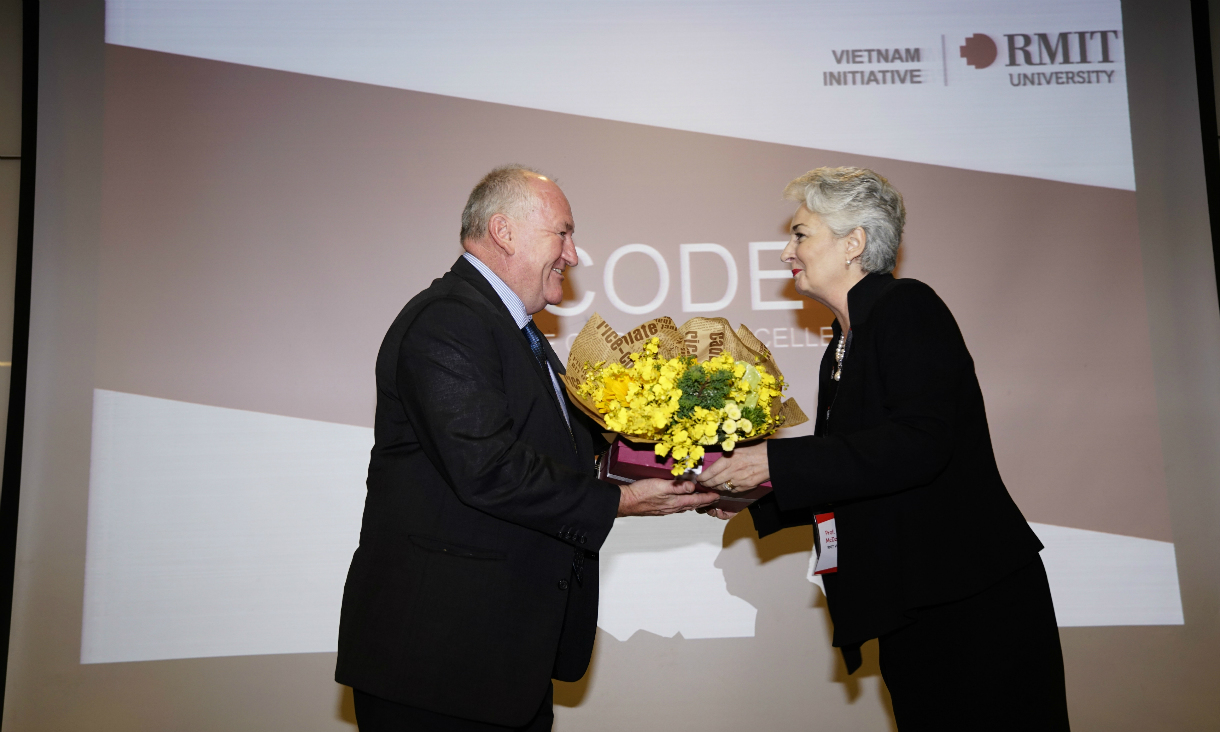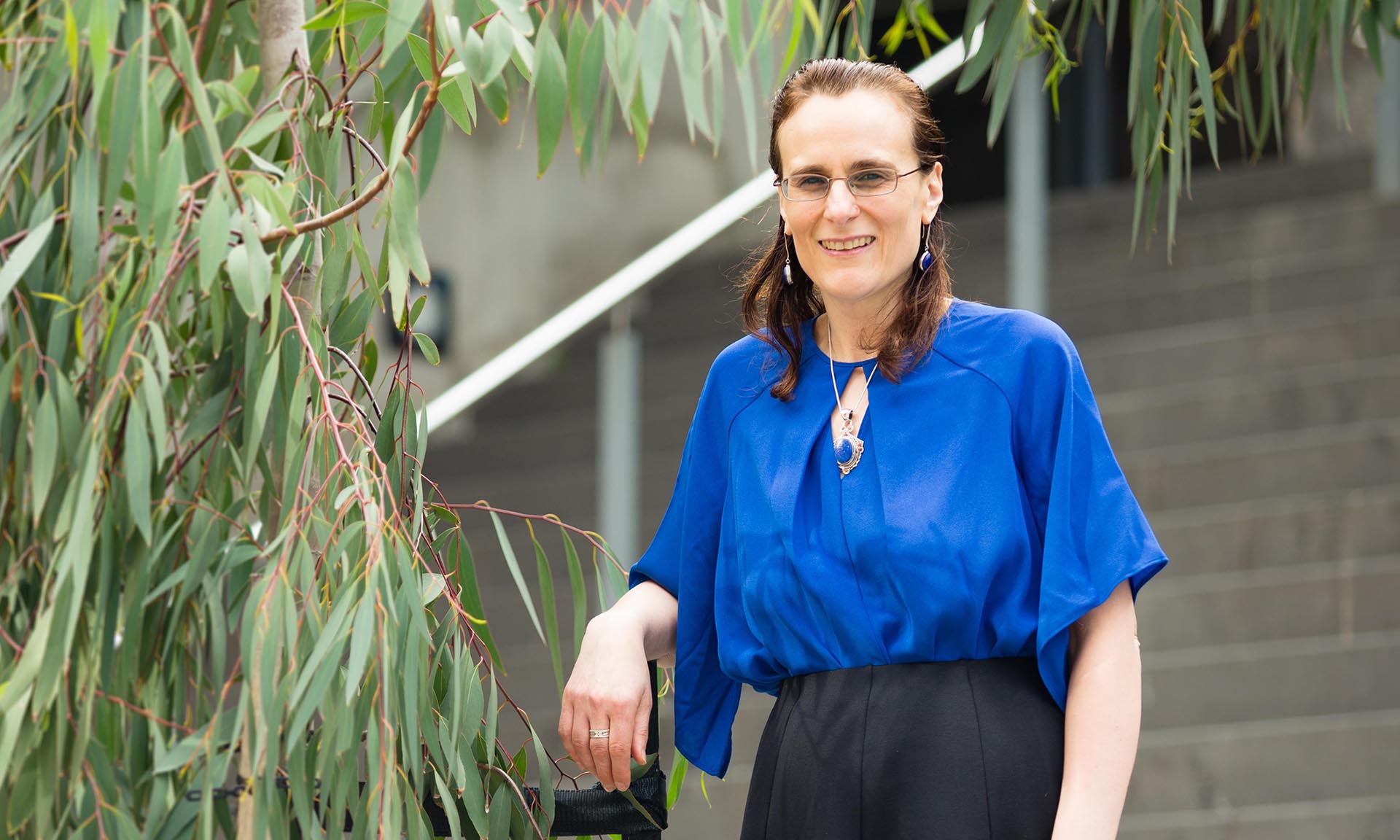Powered by a self-learning algorithm, the program is being presented to industry at the ICT conference in Vienna this week by RMIT’s Kanishka Atapattu, who has been working to bring the product to market.
The software processes data collected on individual infrastructure assets to help predict deterioration and anticipate replacement costs for large portfolios and is already being used by several councils in Melbourne as well as across all RMIT campuses.
Atapattu said the product could run multiple scenarios, a unique advantage that enabled asset managers a range of replacement solutions to meet different budgetary requirements and timeframes.
“The algorithm is self-learning so the more data you add to the system, the better the predictions become,” he said.
Lifecycle costs can add up to more than 60% of an asset’s overall budget and if not accurately anticipated, can occur suddenly and at great expense.
“Rather than taking a reactive approach which is normally what happens, our software lets you look ahead in time with preventative planning.”
The modelling software helps predict and identify these costs earlier, ensuring minimum risk to an organisation by allowing property managers to move away from reactive maintenance and towards a proactive asset management approach.
Data can be collected using an integrated iPad app, while variable factors such as usage can be incorporated into the prediction model by using sensors to collect additional information.
Atapattu said that by incorporating sensors the software will in future also be able to process real-time monitoring data, providing faster and even more accurate information to asset managers, saving time and money.
Two new products for targeting bridges and drainage are already in development and there are plans to expand to a suite of products catering for several other asset categories including parks, pavements and footpaths.
Story: Grace Taylor




